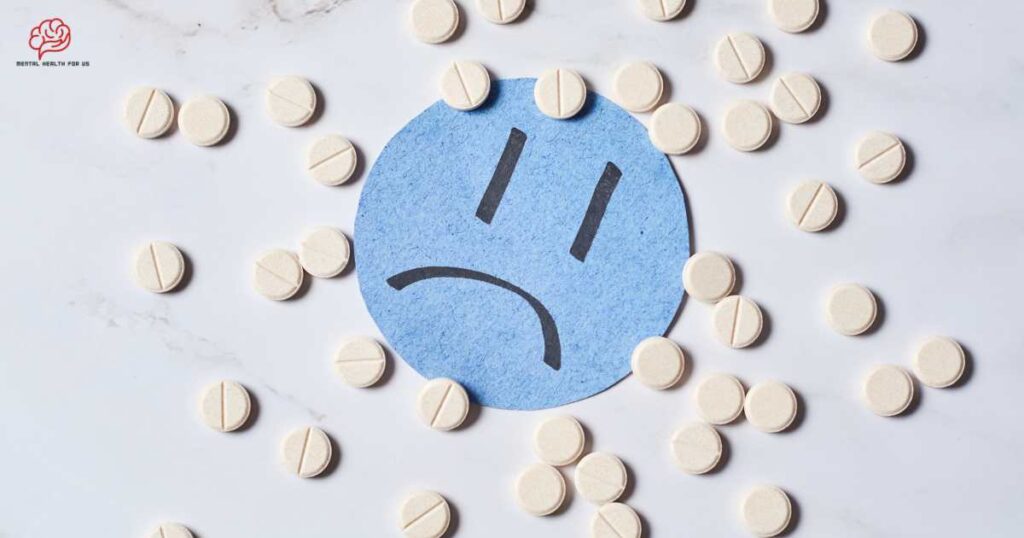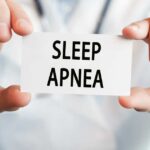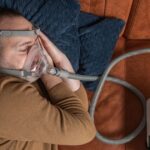Introduction
Treating-resistant depression (TRD) is difficult and debilitating for many people with major depressive disorder. Traditional antidepressants, including multiple medication trials and psychotherapy, seem to fail. Alternative and adjunctive treatments are essential for people with severe depressive symptoms despite standard treatments.Olanzapine, an atypical antipsychotic, may be used to treat TRD. Olanzapine Treatment Resistant Depressionthough not a first-line depression treatment, has shown promise when other therapies have failed. This paper discusses olanzapine’s use in TRD, its mechanisms of action, and its efficacy and safety as an adjunctive treatment for treatment-resistant depression.
Treatment-Resistant Depression: What It Is & Symptoms
Treatment-resistant depression (TRD) causes persistent depression despite treatment. It affects many people with major depression and bipolar disorder. Multiple failed antidepressant trials define TRD.
TRD symptoms include frequent and severe depression that does not respond to antidepressants. TRD patients may briefly improve before relapsing into depression. In addition to depression, TRD may increase anxiety and suicide risk.
TRD diagnosis is complicated and involves ruling out other causes of treatment failure. Differentiating between true treatment resistance and other factors like inadequate dosing, medication non-compliance, or misdiagnosis can affect treatment outcomes.
Diagnosing TRD is essential for treatment decisions. It emphasizes the need for alternative treatments like psychotherapy or medication augmentation. To address TRD patients’ unique challenges, TRD management must be comprehensive and individualized.
In summary, TRD is a debilitating condition that fails multiple antidepressant trials. Consistent depression, frequent episodes, and limited medication improvement characterize it. TRD diagnosis and treatment require careful evaluation and consideration of alternative treatment strategies to improve patient outcomes.
Challenges Faced by Patients with Treatment-Resistant Depression
Treatment-resistant depression (TRD) patients face many challenges that affect their quality of life and well-being. Finding an effective treatment is a major issue. TRD patients rarely see symptom improvement despite trying multiple antidepressants and therapy modalities. Frustration, hopelessness, and defeat can result.
The persistence of depressive symptoms despite multiple treatments can affect daily life. Formerly easy tasks may become impossible. TRD can hinder work, relationships, and socialization. Continuous TRD can lower quality of life because people may struggle to find joy and fulfillment in their daily lives.
TRD also increases suicide risk. Desperation and hopelessness can result from depression and failed treatment. TRD patients need specialized and comprehensive care to overcome their unique challenges. However, limited treatment options, high healthcare costs, and inadequate social support often prevent proper care.
In conclusion, treatment-resistant depression patients face many challenges that affect their daily life, quality of life, and well-being. TRD patients need personalized and comprehensive treatment due to the difficulty of finding an effective treatment, the frustration and hopelessness of persistent symptoms, and the increased risk of suicide.
Overview of Olanzapine Treatment Resistant Depression
Olanzapine, an atypical antipsychotic, may help treat treatment-resistant depression. Olanzapine has been tested for TRD efficacy and safety in several clinical trials and meta-analyses.
Shelton et al. found that olanzapine augmentation increased TRD response rates compared to placebo in a meta-analysis. In another meta-analysis, Corya et al. found that olanzapine augmentation increased remission and decreased depressive symptoms more than placebo.
Clinical trials have also been successful. Montgomery et al. found that olanzapine-fluoxetine combination therapy treated TRD better than either alone. Dopamine et al. found that olanzapine reduced depressive symptoms in TRD patients.
Although weight gain and sedation are common side effects, olanzapine is generally safe. Long-term antipsychotic use can cause metabolic syndrome and extrapyramidal symptoms, so close monitoring is needed.
As an augmentation strategy for TRD, olanzapine works. Patients who have not responded to antidepressants may benefit. Its risks and benefits must be carefully considered to make informed treatment decisions for TRD patients.
Effects of Olanzapine on TRD
Olanzapine, an atypical antipsychotic, may treat treatment-resistant depression. Clinical studies have shown that olanzapine can help TRD patients who have not responded to antidepressants. Olanzapine has been studied alone and in combination with other antidepressants. An integrated review of previous studies found that olanzapine improves depressive symptoms and increases TRD remission rates. Olanzapine regulates mood by modulating prefrontal cortex serotonin and dopamine release. Olanzapine’s effects on TRD suggest it could be used as an adjunctive therapy or alternative to traditional antidepressants for patients who have not responded. More research is needed to determine olanzapine’s long-term efficacy and safety in treating treatment-resistant depressive disorders.
Clinical Trials Investigating the Efficacy of Olanzapine as a Treatment for TRD
Multiple clinical trials have examined olanzapine’s efficacy in treating treatment-resistant depression. Shelton et al. led a randomized, double-blind, placebo-controlled study. The trial included 220 TRD patients who were randomly assigned to receive olanzapine or a placebo as an antidepressant supplement.
Remission rates on the Montgomery-Asberg Depression Rating Scale were the study’s main outcome. Compared to the placebo group, adding olanzapine to participants’ treatment increased remission rates. The olanzapine group reduced depressive symptoms more than the placebo group.
Another trial by Corya et al. examined the efficacy of olanzapine-fluoxetine combination therapy for treatment-resistant major depressive disorder. This study randomized 833 patients to olanzapine-fluoxetine or placebo-fluoxetine. The Hamilton Depression Rating Scale response rate was the main outcome.
This trial found that olanzapine-fluoxetine combination therapy had significantly higher response rates than placebo. The combination therapy group improved depressive symptoms more.
These trials show that olanzapine treats TRD. These studies have limitations like different study designs and sample sizes. Olanzapine’s side effects and long-term effects as a TRD treatment need further study.
Conclusion
The article reviewed Olanzapine treatment resistant depression. In conclusion, olanzapine may be an option for treatment-resistant depression when other therapies fail. While some effects may appear within a few weeks, the full therapeutic benefits may take several weeks. A qualified healthcare professional should carefully monitor the use of olanzapine in depression treatment and make a case-by-case decision based on the individual’s needs. It is rarely the first-line treatment for major depressive disorder, and a thorough evaluation is needed to choose one.
FAQs
What works best for treatment-resistant depression?
ECT, TMS, and ketamine infusion therapy may help treatment-resistant depression. However, the best treatment depends on the individual, so it’s important to consult a mental health professional.
Does olanzapine treat major depressive disorder?
Olanzapine is sometimes used as an augmentation strategy for major depressive disorder, but it is not a first-line treatment. It is often given with an antidepressant when other treatments fail. Healthcare providers should help choose treatments.
How quickly does olanzapine work for depression?
Olanzapine may help depression after a few weeks, but it may take several weeks. Even if you don’t see results, follow your doctor’s instructions and take the medication.







